The World Bank reports that about 692 million people lived below the $2.15 per day poverty line in 2024. The majority of poor countries are located on the African continent, where millions of people do not have enough resources to fulfill their basic needs of life. Many of these countries grapple with political instability, poor infrastructure, limited education, and fragile healthcare systems.
Key Takeaways
- Nine of the ten poorest countries in the world are located in Africa.
- South Sudan is the poorest country in the world with a GDP per capita of just $716; it is followed by Burundi at $1,020 and the Central African Republic at $1,330.
- The major reasons for poverty in these countries are long-term conflict, limited access to education and healthcare, poor infrastructure, and heavy reliance on agriculture.
Poorest Countries in The World by GDP Per Capita
The following 10 nations are the poorest countries in the world, based on their GDP per capita.
| Rank | Country | International Dollars per Capita | Region |
|---|---|---|---|
| 1 | 🇸🇸 South Sudan, Republic of | $716.25 | Africa |
| 2 | 🇧🇮 Burundi | $1,020 | Africa |
| 3 | 🇨🇫 Central African Republic | $1,330 | Africa |
| 4 | 🇾🇪 Yemen | $1,670 | Asia |
| 5 | 🇲🇿 Mozambique | $1,730 | Africa |
| 6 | 🇲🇼 Malawi | $1,780 | Africa |
| 7 | 🇨🇩 Congo, Dem. Rep. of the | $1,880 | Africa |
| 8 | 🇸🇴 Somalia | $1,920 | Africa |
| 9 | 🇱🇷 Liberia | $2,010 | Africa |
| 10 | 🇲🇬 Madagascar | $2,040 | Africa |
The data is collected from the following sources:
GDP per capita, current prices: International Monetary Fund
Human Development Index (HDI): United Nations
Poverty Line ($2.15 per day, 2017 PPP): World Bank
1. South Sudan, Republic of
GDP Per Capita: $716
South Sudan, located in East Africa, is the world’s poorest country. Around 67% of its population, nearly 7 out of 10 people, live below the international poverty line. Most cities lack basic infrastructure, such as electricity, roads and running water. Additionally, its economy relies heavily on declining oil reserves, which account for the majority of the nation’s GDP.
South Sudan ranks 192nd out of 193 countries in the UN’s Human Development Index (HDI), placing it among the lowest globally. It highlights the severe human development crises in areas of healthcare, literacy, and living standards in the country. The widespread poverty in South Sudan is due to the factors, including political instability, civil war, corruption, and internal conflicts.
2. Burundi
GDP Per Capita: $1,020
Burundi is a small landlocked country located in East Africa. About 62% of Burundi’s population lives below the international poverty line of $2.15 per day. It shows that the country’s economy is severely underdeveloped and failed to provide basic necessities of life like food, healthcare, clothing, and shelter to a majority of its population.
The widespread poverty in Burundi is the result of its history of colonial rule, ethnic conflicts, and years of civil war. These events have caused political instability and weakened the country’s economy. Burundi also placed the lowest on the United Nations Human Development Index, ranking 187 out of 193 countries in the world.
3. Central African Republic
GDP Per Capita: $1,330
The Central African Republic (CAR) is a landlocked country in the middle of Africa. The vast majority of the population is engaged in subsistence farming, which accounts for more than 50% of the country’s GDP. Despite its abundant natural resources, approximately two-thirds of the country’s population, equivalent to 66%, lives below the international poverty line. The country also faces severe human development crises as it is ranked an abysmal 191 out of 193 countries in the UN’s Human Development Index. Millions of people lack access to basic needs of life like education, healthcare, and clean water every day.
4. Yemen
GDP Per Capita: $1,670
Despite possessing substantial natural resources in the form of oil and gas and an abundance of agricultural land, Yemen remains one of the poorest countries in the world. The country has a long history of conflicts and political instability, which is the primary reason behind the widespread poverty and underdevelopment in Yemen.
According to the World Bank, about 20% of Yemen’s population, nearly one in five people, live below the international poverty line. The country ranks 186th out of 193 nations on the United Nations Human Development Index, placing it near the bottom globally. The majority of people in Yemen lack basic needs of life like food, clean water, and healthcare. Political instability, conflicts, water scarcity, and dependence on declining oil resources are some of the major causes of poverty in Yemen.
5. Mozambique
Top 10 Countries Projected to Have the Highest Unemployment Rates in 2025
The 10 Most Indebted Countries by Debt-to-GDP Ratio in 2025
GDP Per Capita: $1,730
Mozambique is situated in southeastern Africa. The World Bank reports that about 74% of the country’s population lives below the international poverty line with daily incomes of less than $2.15. The country has an abundance of natural resources, including gas and minerals, but the majority of the population does not benefit from them due to corruption and unequal distribution of wealth.
Additionally, a large number of people in Mozambique rely on farming for their daily living. However, poor infrastructure and climate-induced issues like floods and droughts cause low productivity. The country is also placed at the lowest when it comes to human development. It ranked 183 out of 193 countries in the UN’s Human Development Index, which highlights a low level of healthcare, living standards, and education in the country.
6. Malawi
GDP Per Capita: $1,780
Malawi is a small landlocked country in southeastern Africa. It is one of the poorest countries in the world due to the limited natural resources and history of colonial rule. According to the World Bank, approximately 70% of the country’s population lives in poverty and struggles to fulfill basic needs like education, healthcare, food, water, and shelter. The majority of Malawian people rely on farming for their living, but they struggle with low crop yields and a lack of modern tools, which ultimately reduces productivity.
The country ranks 172 out of 193 countries on the United Nations Human Development Index, which indicates poor health conditions, limited access to quality education, and low standards of living in the country.
7. Democratic Republic of the Congo
GDP Per Capita: $1,880
Located in central Africa, the Democratic Republic of Congo is one of the poorest countries in Africa. According to the World Bank, approximately 79% of the country’s population lives below the international poverty line in Congo. It shows the dire state of poverty in the country that affects nearly four-fifths of the population.
At its independence in 1960, the Democratic Republic of the Congo was the second most industrialized country in Africa, after South Africa. However, political instability, corruption, and internal conflict have severely impacted its infrastructure and economy. The country ranks 180th out of 193 nations on the UN’s Human Development Index, highlighting major challenges in access to quality healthcare, decent living conditions, and education for millions of people.
8. Somalia
GDP Per Capita: $1,920
Somalia is a poor and least developed country in East Africa. The country’s economy is heavily dependent on the agriculture sector, with a significant portion of its population depending on this traditional industry for their livelihoods. According to the United Nations Development Programme (UNDP), Somalia ranks among the lowest in global development indicators, with an extremely low Human Development Index (HDI) of 0.285. This reflects the country’s limited access to education, healthcare, and basic infrastructure.
According to the World Bank, nearly 90% of households in Somalia face deprivation in at least one critical area, such as income, electricity, education, water, and sanitation. Additionally, only half of households have access to improved sanitation, while around 80% have access to improved water sources.
9. Liberia
GDP Per Capita: $2,010
Liberia ranks as the 8th poorest country in the world with a GDP per capita of $2,010. The World Bank reports that approximately 28% of the country’s population is mired in extreme poverty and struggles to survive on less than $2.15 a day. According to UNICEF, despite possessing abundant water resources, about 90% of Liberia’s population lacks access to reliable and safe drinking water. Despite its rich agricultural potential and major exports including rubber, coffee, and cocoa, Liberia remains one of the poorest countries in the world.
10. Madagascar
GDP Per Capita: $2,040
Madagascar is an island nation off the southeastern coast of Africa. Despite having rich natural resources and unique biodiversity, Madagascar remains one of the poorest countries in the world. According to the World Bank, approximately 80% of the country’s population lives below the international poverty line. The majority of Malagasy people are engaged in subsistence agriculture, which is highly vulnerable to climate-related shocks.
Madagascar also ranks lowest at 177th position out of 193 countries in the UN’s Human Development Index (HDI), indicating the country’s substantial challenges in achieving a decent standard of living. Millions of people in Madagascar struggle to fulfill their basic necessities of life, including food, clean water, and housing.
Conclusion
Nine of the ten poorest countries globally are located in Africa. In addition to those already mentioned, many other African nations face notable poverty-related challenges. A large portion of the continent’s population lives under some of the lowest living standards worldwide, with limited access to basic necessities like sufficient food, clean water, and safe housing. Addressing the root causes of poverty in these countries can promote long-term growth and improve lives for millions of people.

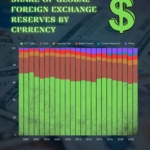
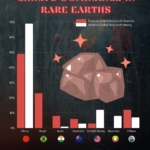


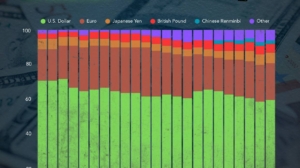
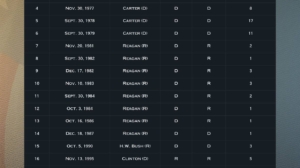

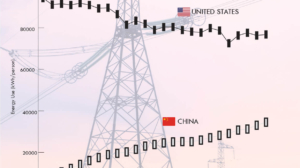

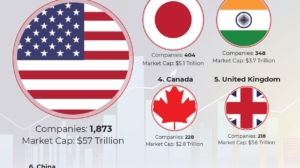
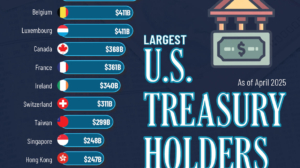



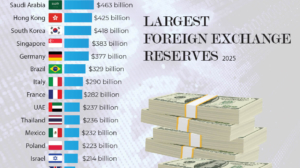

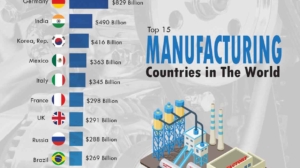
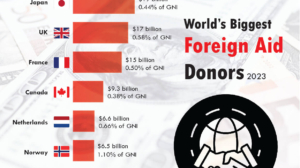
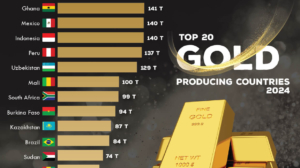
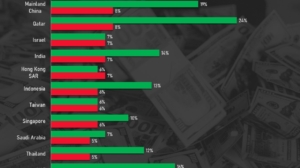
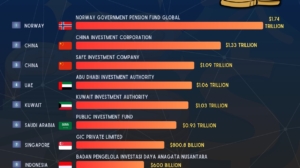
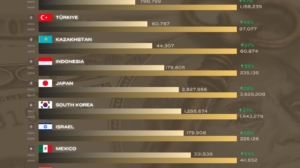
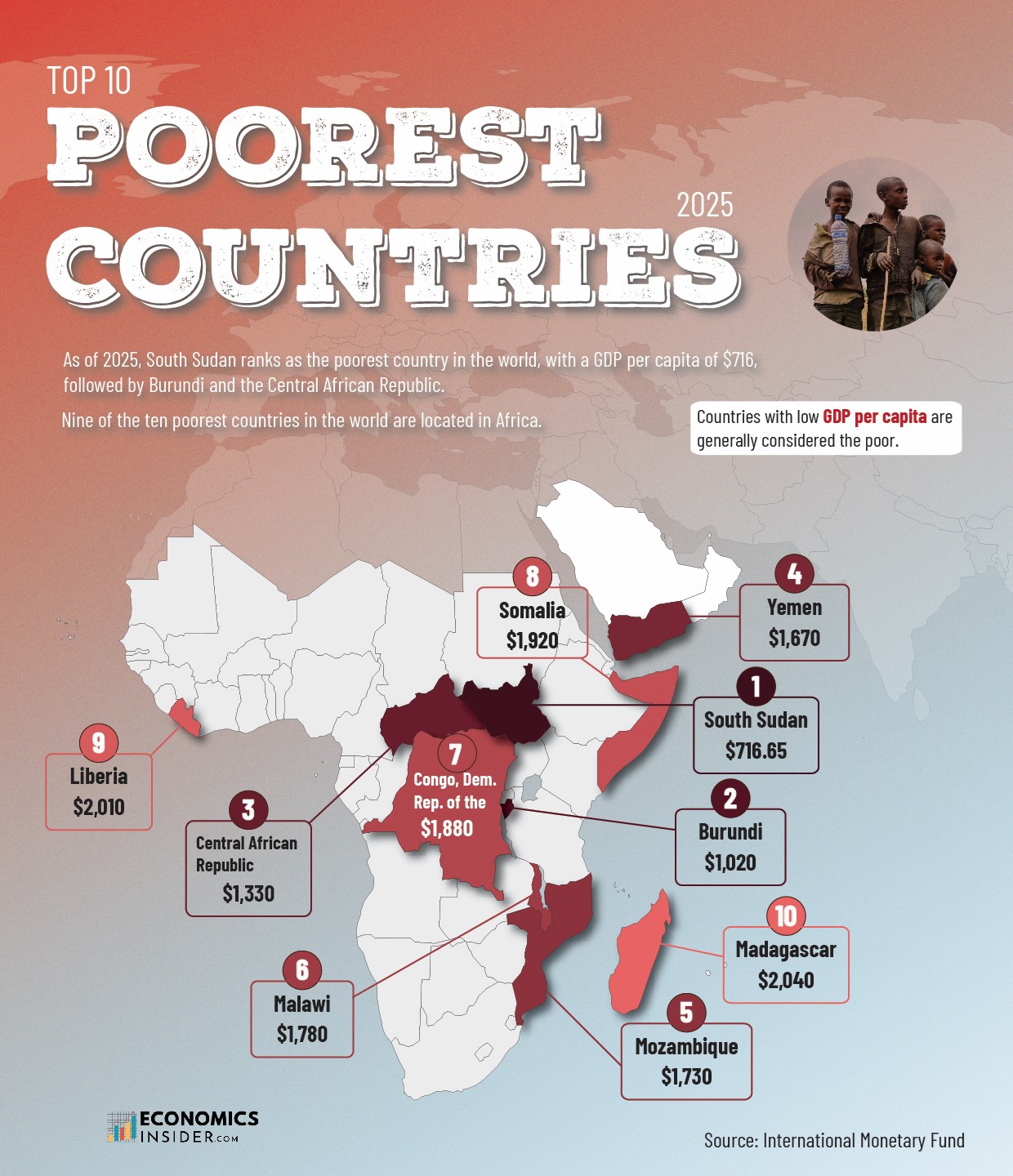
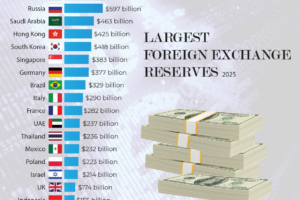
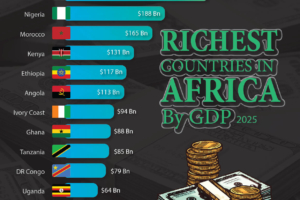
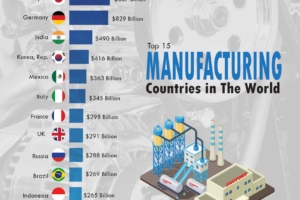








Add Comment